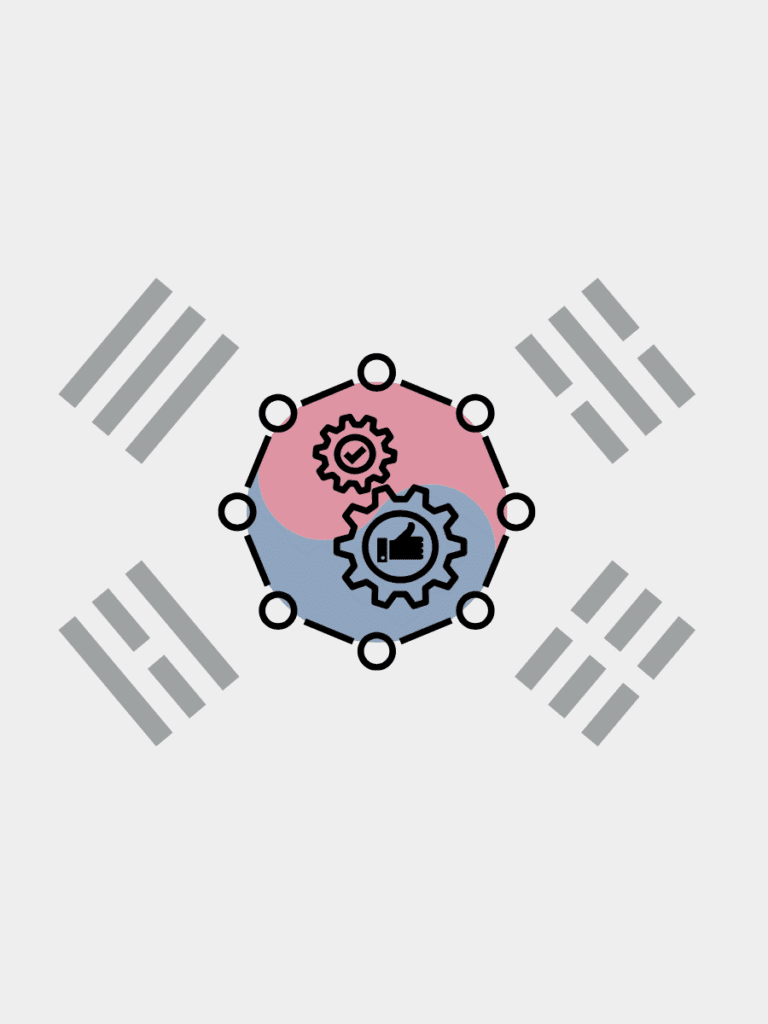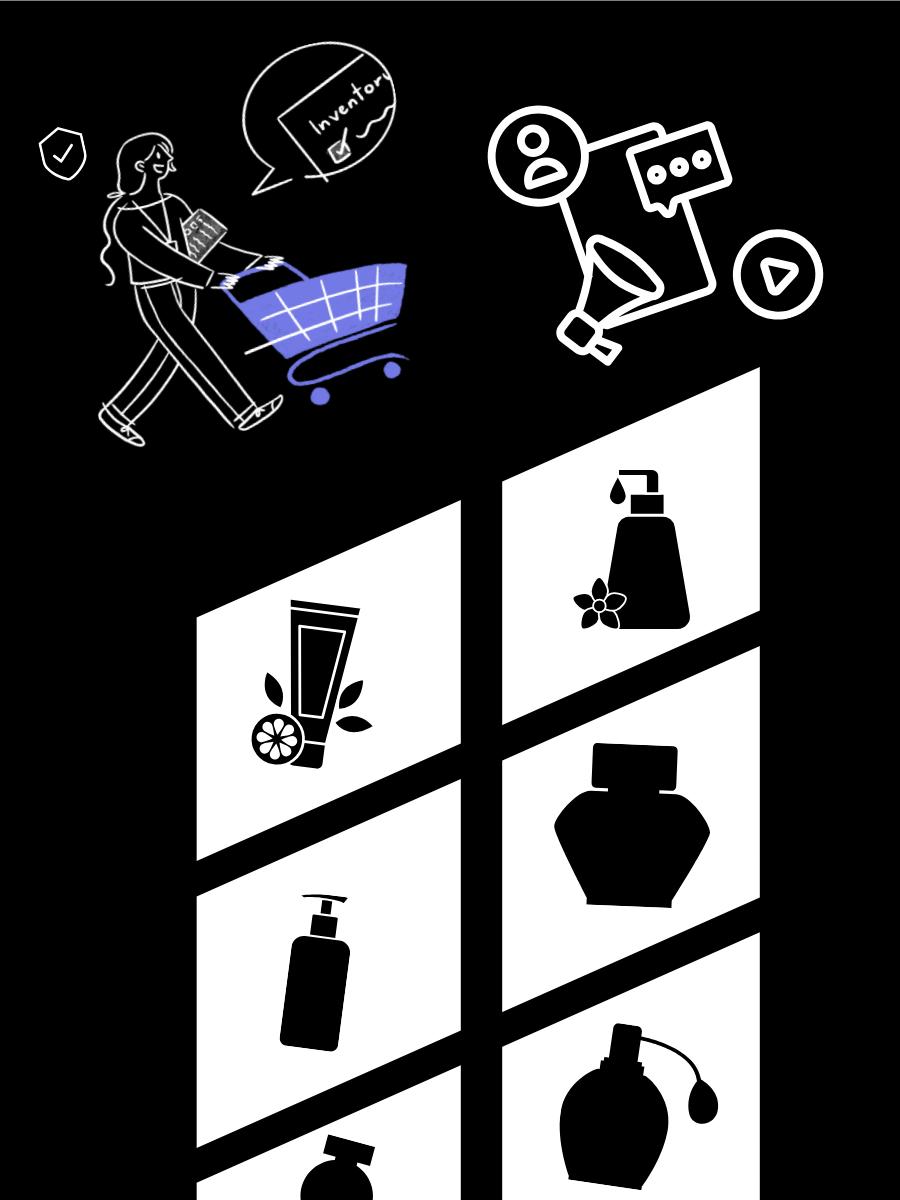Introduction
South Korea has positioned itself as a regional IP protection and enforcement leader with a modern framework controlling patents, trademarks, copyrights, designs, trade secrets, and unfair competition. South Korea is known for its amazing economic transformation and technological advancement, invoking the evolution of IP laws. This development shows Korea’s dedication to enhancing IP rights as a national top concern, encouraging creativity, and safeguarding both domestic and foreign creators.
Background
Intellectual property laws in South Korea have evolved in line with the country’s fast technological and economic development. Following the devastation of the Korean War, South Korea prioritized industrialization and creativity as the main forces behind national development. As Korean companies, especially in the manufacturing and technology sectors, grew internationally, the need for a thorough and globally harmonized intellectual property system grew increasingly important. In response, the government created a formal legal framework to safeguard trademarks, creative works, and inventions, progressively matching them with world standards. The emergence of big conglomerates such as Samsung, LG, and Hyundai underlined the need for robust intellectual property rights to foster creativity, draw outside money, and improve world competitiveness.
Evolution
- Early Evolution: South Korea laid the foundation for its patent system by adopting the first IP laws in 1908 during the last phase of the Yi Dynasty. Although these laws primarily served Japanese interests rather than Korean inventors, Japanese authorities enforced their IP laws throughout the period of Japanese colonialism (1910–1945). After liberation in 1945, South Korea enacted its first independent patent, trademark, and design laws in 1946. However, weak enforcement kept the system largely underdeveloped.
- Modernization: Modern IP law in Korea originated with the 1961 enactment of the Korean Patent Act. Along with creating the Korean Intellectual Property Office, this law was vital in helping Korea’s growing industrial economy. This legislation allowed businesses like Hyundai and Daewoo to safeguard automotive and electronics sector innovations.
- Global Integration and Legal Reforms: Korea joined several international treaties such as WIPO (1979), Paris Convention (1980), Patent Cooperation Treaty (1984 & 1990), TRIPS Agreement via WTO membership (1995).These treaties pushed Korea to harmonize its laws with global standards, encouraging stronger protection for foreign IP holders and enhancing Korea’s credibility in global trade. A complete redraft of the KPA modernized IP litigation, registration, and enforcement. This was a turning point in aligning Korean IP laws with those of advanced economies like the U.S. and Japan.
- Enhancement during (2000–2010)s: Korea adapted to new challenges, including digital piracy, biotech patents, and software protection. Including “software stored in a computer-readable medium” as patentable subject matter supported firms like Naver and Kakao in protecting their digital platforms.
- Enhancement (2016–2019)s: In 2016, the ex officio re-examination and patent cancellation systems were introduced. In 2019, the amendment allowed treble damages for patent infringement and trade secret theft. In a semiconductor technology theft case, a Korean court imposed severe penalties on a former tech firm employee, marking strict enforcement under the new rules.
Role of International Convention and Treaties in Evolution
- When South Korea became a member of the World Intellectual Property Organization in 1979, it matched world intellectual property systems. After joining the Paris Convention in 1980, Korea adopted national treatment and priority rights, enabling foreign applicants to claim priority based on past filings in other members of the Convention.
- By signing the Patent Cooperation Treaty in 1984, Korea allowed foreign applicants to name Korea and Korean inventors to submit worldwide patent applications. This simplified filing process and improved cross-border patent protection.
- Membership in the World Trade Organization in 1995 and its agreement on Trade-Related Aspects of Intellectual Property Rights further demanded that Korea enhance its enforcement mechanisms, widen the scope of IP rights, and offer fair legal remedies. Additionally, the creation of the Patent Court and increased the civil and criminal penalties for infringement resulting from TRIPS compliance.
- Stronger enforcement policies were made possible significantly by bilateral agreements, including the Korea-US Free Trade Agreement and Korea-EU FTA. Regarding drugs, for example, the KORUS FTA created the patent linkage system to link generic drug approval to the patent status of original drugs.
- Supporting sectors including biotechnology, electronics, and digital media, these treaties let Korea turn its intellectual property system from a developing framework into one today ranked among the most strong and complete worldwide.
Landmark judgements
- Samsung Electronics Co. v. Apple Inc.
Seoul Central District Court, Case No. 2011GaHap39552
Apple sued Samsung for exacting the design and feature copies of its iPhones. Samsung countersued, alleging Apple had appropriated some of its technologies. Both businesses were right. Apple had also used Samsung’s patented wireless technology without a license, while Samsung was found to have copied elements of Apple’s design. The court mandated that both sides pay each other a meager damages payment. This instance demonstrated South Korean courts would not always favour local businesses. It also abundantly showed that design and technological patents are valuable and need respect.
- Supreme Court Decision 2013Hu2810
A company changed a small part of a patented invention and argued that there was no infringement because the patent did not describe the change. Even if the new product is not the same, if it does the same thing in the same way and gets the same result, it can still be considered a copy under the “doctrine of equivalents. This makes it harder for people to get around a patent by making tiny changes. It gives stronger protection to inventors.
- Supreme Court Decision 2016Da248342
A former employee took customer lists and pricing strategies from their old company to a competitor. The company sued for trade secret theft. The customer list and pricing strategy were trade secrets because the company had tried to keep them private. So, taking and using them was illegal. This case helped define what counts as a “trade secret” in Korea. It protected business know-how and warned employees not to misuse confidential information.
- Patent Court Decision 2019Heo2876
A company knowingly copied someone else’s patent. The original patent holder asked for triple the normal amount of damages. Because the copying was intentional, the court awarded treble damages for three times the harm caused. This was one of the first cases where Korea’s new law on triple damages was used. It sent a strong message that stealing the ideas would be penalised.
Conclusion
The path South Korea has been taking to create a strong and contemporary intellectual property system mirrors its more general global innovation powerhouse transformation. Korea has created a legal system that supports global standards, safeguards originality, and advances technology. Its courts have developed to produce fair and strong rulings, supporting the rights of content producers, companies, and inventors including digital platforms, biotechnology, and artificial intelligence. The country’s intellectual property system has to keep changing, maybe by adding AI-generated inventions into the patent system, improving cross-border enforcement tools, or honing data protection laws as innovation gets more complicated and worldwide. Through ongoing investments in legal infrastructure, education, and international cooperation, Korea is positioned to lead in generating ideas and safeguarding them in a fast-changing environment.
References
- Korean Intellectual Property Office, https://www.kipo.go.kr/en/MainApp?c=1000
- World Intellectual Property Organization, https://www.wipo.int/directory/en/details.jsp?country_code=KR
- Korea Legislation Research Institute, https://www.klri.re.kr/eng.do
- Ministry of Trade, Industry and Energy (MOTIE), http://www.motie.go.kr/kftz/en/index.do
- Samsung Elecs. Co. v. Apple Inc., Seoul Central Dist. Ct., 2011GaHap39552 (S. Kor. Aug. 24, 2012).
- Supreme Court Decision, 2013Hu2810, S. Ct., Oct. 30, 2014 (S. Kor.).
- Supreme Court Decision, 2016Da248342, S. Ct., Apr. 13, 2017 (S. Kor.).
- Patent Ct. Decision, 2019Heo2876, Patent Ct., Aug. 30, 2019 (S. Kor.).







